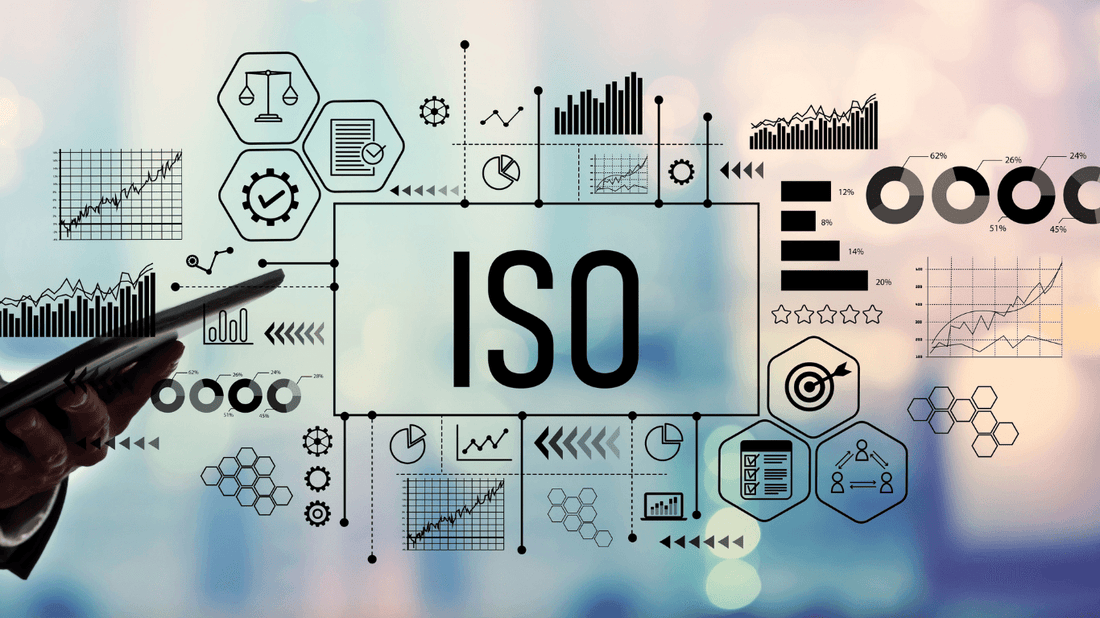ISO 13485 Quality Management System

Share
History of ISO 13485
The ISO 13485 standard was published by the International Standards Organization to provide medical device companies with requirements for establishing and maintaining quality systems.
ISO 13485 was first published in 1996 as a quality management standard for medical device companies based on ISO 9001. It was published in two versions: ISO 13485 for manufacturers (original equipment manufacturers (OEM), and ISO 13488 for contract manufacturers (suppliers). In a 2003 revision, the documents were combined into one quality standard that could be universally applied to medical device manufacturers.
A revision to ISO 13485 was released in 2016, just in advance of the new European Union Medical Devices Regulations (EU MDR).
ISO 13485 and FDA QSR
While ISO 13485 certification is a requirement for marketing medical devices in both Canada and the European Union, the USA regulates medical device quality systems through the FDA regulatory document 21 CFR Part 820. The latest revision of ISO 13485 was conducted with the participation of the FDA, and as a result, the two documents are very similar in certain areas. For example, the sections in each document that discuss Design Controls (21 CFR Part 820.30 and ISO 13485 Section 7.3) are almost identical.
Despite some similarities, ISO 13485 and FDA QSR don't overlap completely in their requirements. The FDA QSR places a stronger emphasis on post-market monitoring and the complaints-handling process - a QMS that is ISO 13485-certified may not meet the complaint handling requirements of the FDA regulations. On the other hand, ISO 13485 demands a more risk-based approach to QMS. Some quality systems that comply with 21 CFR Part 820 lack the risk-based components that would qualify them for ISO 13485 certification.
ISO 13485 and EU MDR & IVDR
In 2017 the European Union introduced new regulations for medical device compliance the Medical Device Regulation EU 2017/745. They also introduced the In-vitro Diagnostics Regulation EU 2017/746. This was to replace the three medical device directives that were implemented back in the 1990’s (Directive 93/42/EEC - medical devices; Directive 98/79/EC – in-vitro diagnostic devices and; Directive 90/835/EEC – Active and Implantable Medical Devices) The EU 2017/745 regulation combines general medical devices and active and implantable devices together, while the EU 2017/746 regulation covers in-vitro diagnostic devices.
The EU decided that the new regulations must cover all devices currently placed on the market and not just new devices being placed onto the market. They gave 3 years for manufacturers to become compliant, making the MDR enforceable in May 2020 and 5 years for manufacturers of IVDs to become compliant, making the IVDR enforceable in May 2022.
During 2020 when the COVID-19 pandemic took hold the EU extended the MDR compliance deadline to May 2021.
The MDR requires manufactures of Medical Devices to have a Quality Management System in line with ISO 13485:2016. Previously manufacturers were just required to have a Quality Management System, this could be inline with ISO 9001, for example.
Therefore, it has become a legal requirement for manufacturers to now implement a certified Quality Management System to ISO 13485:2016. This include manufacturers of self-certified Class I devices.
Expansion in scope of the EU Medical Device Regulations
The scope of the regulations has also been expanded to cover some products that were previously not considered to be medical device, as they did not have a medical purpose. This includes products such as laser tattoo removal devices, cosmetic injections, cosmetic coloured contact lenses and many more.
Manufacturers of these device types are now required to have a certified Quality Management System to ISO 13485:2016.
FDA and ISO 13485:2016
In 2018 the FDA announced that it will use ISO 13485 in replacing its current quality system regulation. The ISO 13485 quality standard forms the basis for Quality Management System requirements in the European Union, Japan, Canada and other medical device markets; FDA plans to issue a notice of proposed rulemaking in October 2020 establishing US quality system requirements based more closely on ISO 13485:2016, according to the agency’s Rule List.
Through the proposed rule, FDA intends to provide less onerous medical device market pathways for manufacturers that currently must meet significant FDA QSR requirements particular to the US in order to obtain 510(K) premarket notification, Premarket Approval (PMA) or other registration.
Looking to implement ISO 13485?
Putting a Quality Management System in place can be a daunting prospect for many medical device manufactures, especially for small companies that have never had to do so before. Our templates can really help a company to understand what information is required and how to manage a Quality Management System to ISO 13485 standard.
Many companies end up using expensive consultants to help write their Quality Management Systems for them, costing thousands of dollars. Our research identified that it can cost in excess of $14,000 (USA) to hire a consultant to help write Quality Management System procedures and documents. Use of our templates can save a company over $12,000 (USA) in costs. Our documents have been written in line with the ISO 13485:2016 standard by our experts and are fully compliant with the document requirements specified in ISO 13458.
